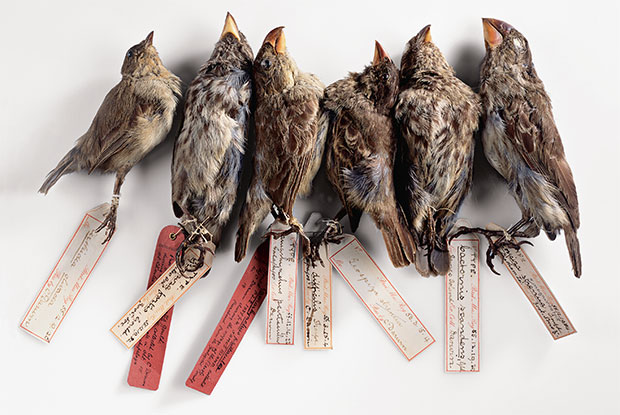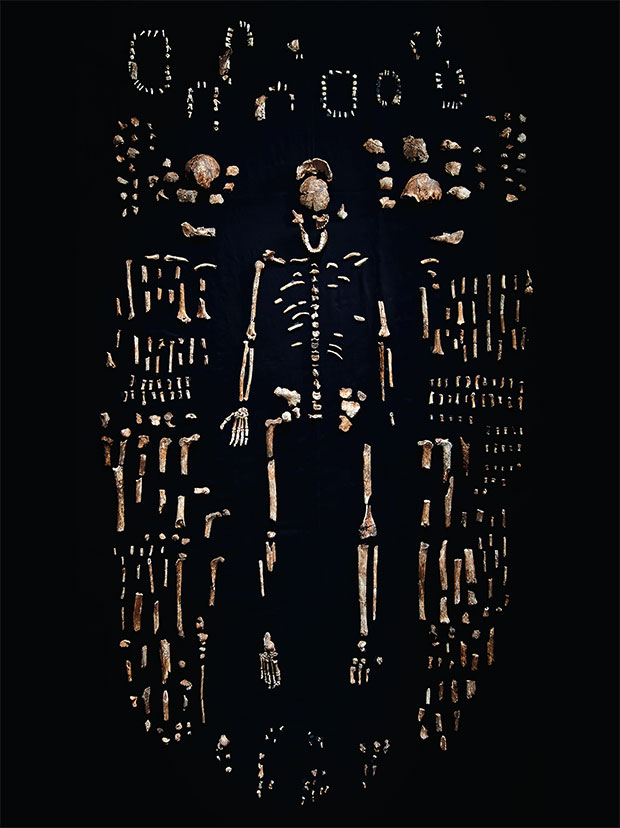
How DNA undermined Darwin
On the anniversary of DNA's discovery, we look at how the double helix called into question a few of his claims
Charles Darwin came up with his theory of evolution by carefully observing the natural world. Yet on this day, 25 April, in 1953, the scientific community glimpsed new possibilities afforded by a microscopic way of understanding the natural world, when Cambridge researchers Francis Crick and James Watson published their paper, Molecular Structure of Nucleic Acids: A Structure for Deoxyribose Nucleic Acid, a molecule better known to us all as DNA.
“Nothing has revolutionized the classification of species more profoundly than the study of their DNA,” explains Joseph Wallace in our new book, Evolution: A Visual Record. “The mapping of entire genomes (an organism’s complete set of genetic information) - which has been completed in hundreds of species ranging from sponges and sea anemones to birds and mammals - has, in some cases, clarified our understanding of species relationships, and in others thrown it into doubt and confusion.”

Some findings have undermined a few of Darwin’s minor assertions, as Wallace explains. “Analyzing the genetic makeup of Darwin’s finches, which were key in the development of the theory of evolution, for example, has brought to light that the famous birds are not actually true finches - and, on top of that, some may not even form different species.”

Other discoveries can make for uncomfortable reading for anyone wanting to draw hard distinctions between today's human beings and our genetic forbears. While Neanderthals might look much less sophisticated than 21st century man, we actually share more than 99 percent of their DNA. Indeed, DNA sequencing often throws up some surprising findings, even with the most familiar of creatures.

“Despite their extreme differences, all dogs are the same species, Canis lupus familiaris or C. familiaris. While puzzling out the origins of the domestic dog,” writes Wallace, “scientists are also grappling with a far larger question that dogs and their closest relatives have brought into the open: What constitutes a species? As anyone in the eastern United States knows, the region has seen an invasion of coyotes in recent decades.
"Only they’re not really coyotes. DNA evidence has shown that these animals are, in fact, a mix of western coyote (C. latrans), wolf (C. lupus), and dog. They have interbred over just a handful of generations to produce fertile offspring, something previously believed possible only within a single species. In all likelihood, this interbreeding has produced either a newly emerged species (the eastern coyote, or coywolf), or merely another facet of what is, in fact, a single species that includes all three of those that contributed to its DNA.”

Something to think about, when you’re taking the dog for a walk tonight. For more facts and to see Robert Clark’s stunning photography, order a copy of Evolution: A Visual Record here.